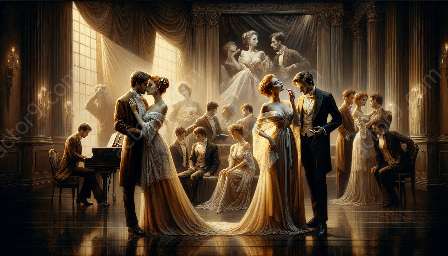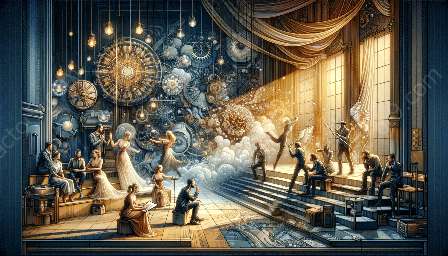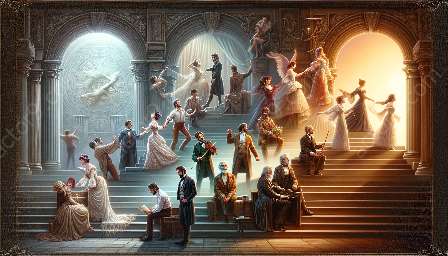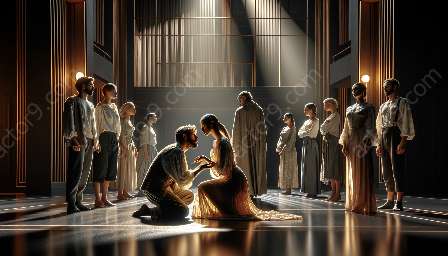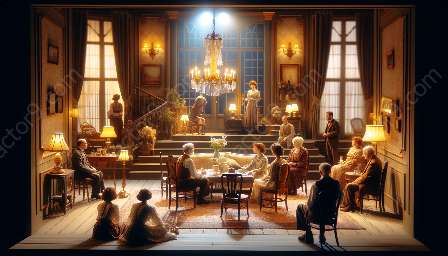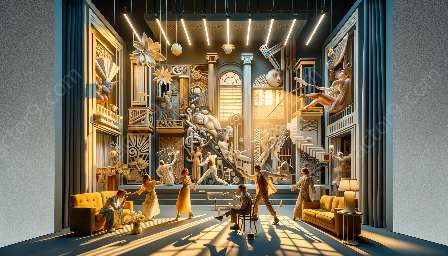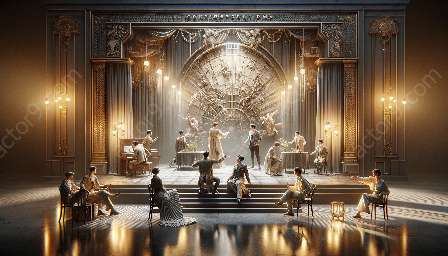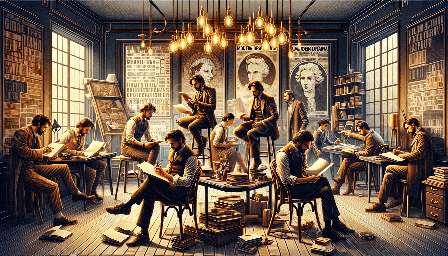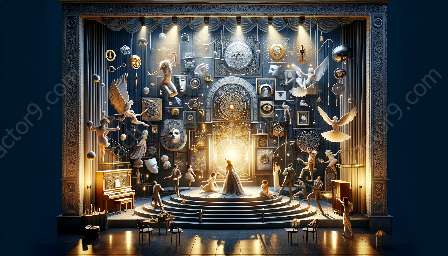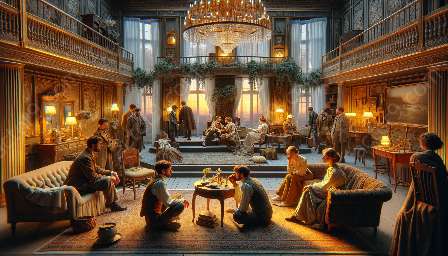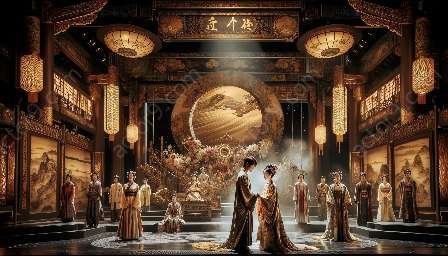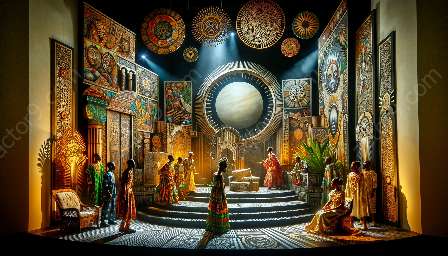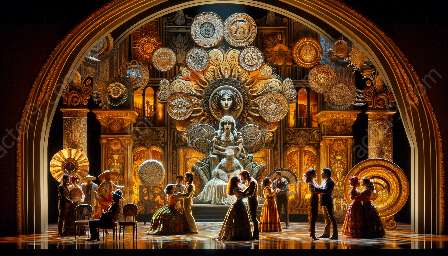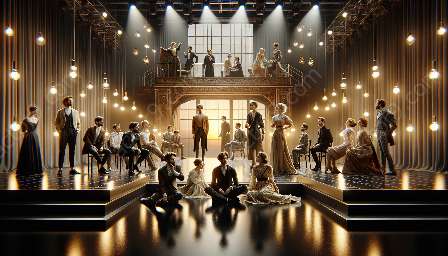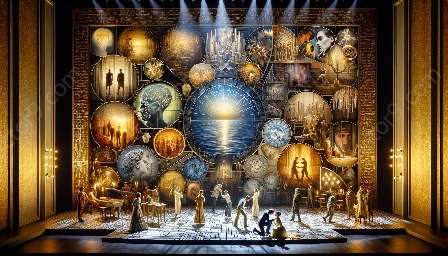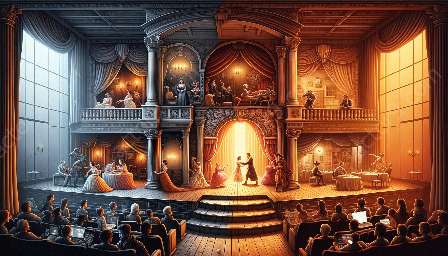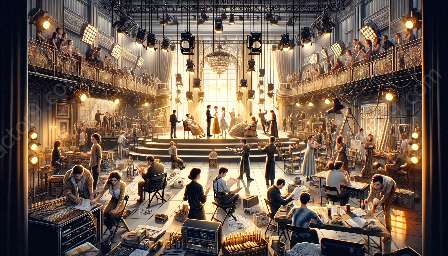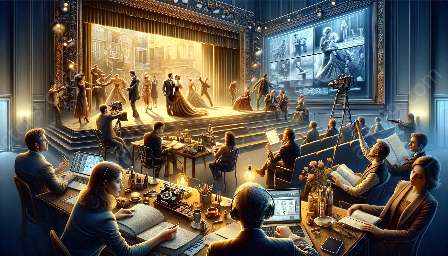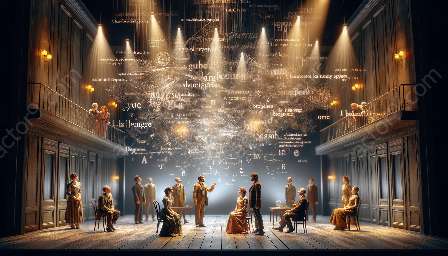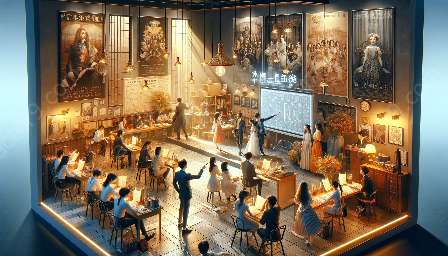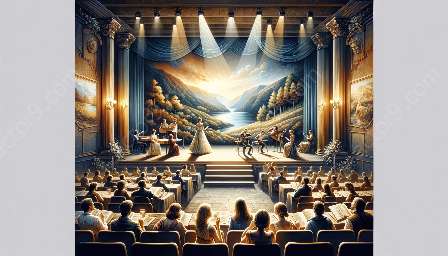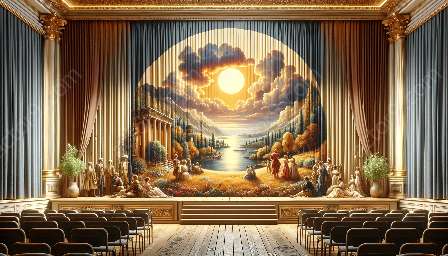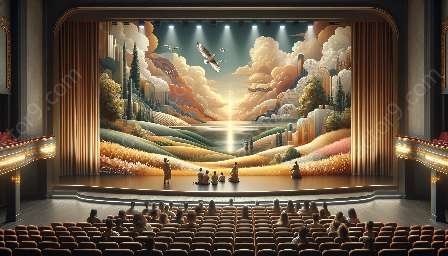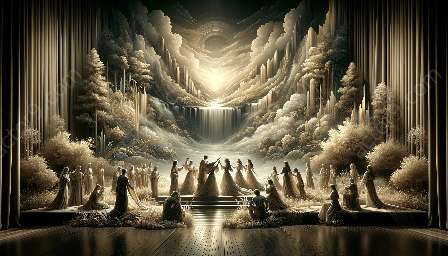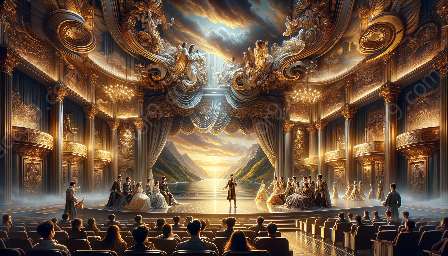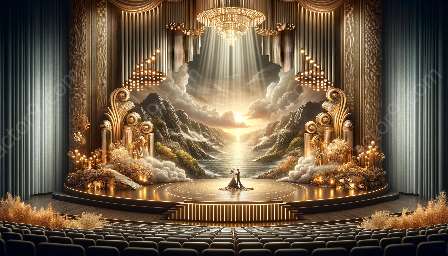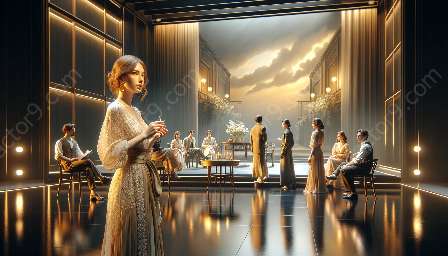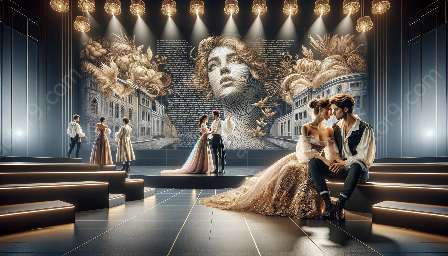Modern drama has undergone remarkable transformations in the digital age, with technology profoundly influencing the creation, staging, and reception of theatrical works. This topic cluster explores the dynamic interplay between technology and modern drama, contextualizing it within the broader history of modern dramatic arts.
History of Modern Drama
The history of modern drama is characterized by its evolution alongside societal and technological changes. The late 19th and 20th centuries witnessed the emergence of groundbreaking theatrical movements such as realism, naturalism, and expressionism, which reflected the cultural, political, and technological upheavals of the time. From the advent of electric lighting to innovations in sound design, technology has long played a pivotal role in shaping the theatrical landscape.
Modern Drama
Moving into the 21st century, modern drama continues to be shaped and informed by rapid technological advancements. Contemporary playwrights and directors are integrating cutting-edge technologies such as virtual reality, augmented reality, and interactive media into their works, challenging traditional notions of live performance and audience engagement. Additionally, digital platforms and social media have become integral in promoting, sharing, and discussing modern theatrical productions.
The Intersection of Technology and Modern Drama
The intersection of technology and modern drama spans multiple facets of theatrical creation and consumption. In the realm of production, advancements in set design, lighting, audiovisual effects, and digital projection have expanded the creative possibilities for staging modern plays. Moreover, the use of digital tools for scriptwriting, rehearsal, and production management has streamlined the workflow for playwrights, directors, and production teams.
Beyond the physical aspects of theater, technology has also influenced the thematic and narrative dimensions of modern drama. Playwrights are addressing contemporary issues such as artificial intelligence, surveillance, cybernetics, and virtual identities within their works, reflecting society's increasingly complex relationship with technology. Such exploration of technological themes and motifs adds layers of complexity and relevance to modern dramatic storytelling.
From a reception standpoint, technology has transformed audience experiences and interactions with modern theatrical productions. Digital ticketing, live streaming of performances, and immersive multimedia experiences have expanded access to theater and diversified audience engagement. Furthermore, online forums, review platforms, and social media networks have catalyzed dynamic conversations around modern plays, enabling global audiences to participate in critical discourse and community building.
The Future of Technology and Modern Drama
Looking ahead, the fusion of technology and modern drama is poised to continue its transformative trajectory. Innovations such as virtual reality theater, interactive performances, and data-driven audience analytics hold the potential to redefine the boundaries of live theater and shape the next wave of theatrical experimentation. Moreover, the ongoing convergence of art and technology is fostering interdisciplinary collaborations, bridging the gap between theater, digital media, and experiential design.
In conclusion, the symbiotic relationship between technology and modern drama encapsulates a rich tapestry of artistic, cultural, and technological developments. By analyzing this intersection within the context of the history of modern drama and the contemporary theatrical landscape, we gain deeper insights into the evolving nature of storytelling and performance in the digital age.

